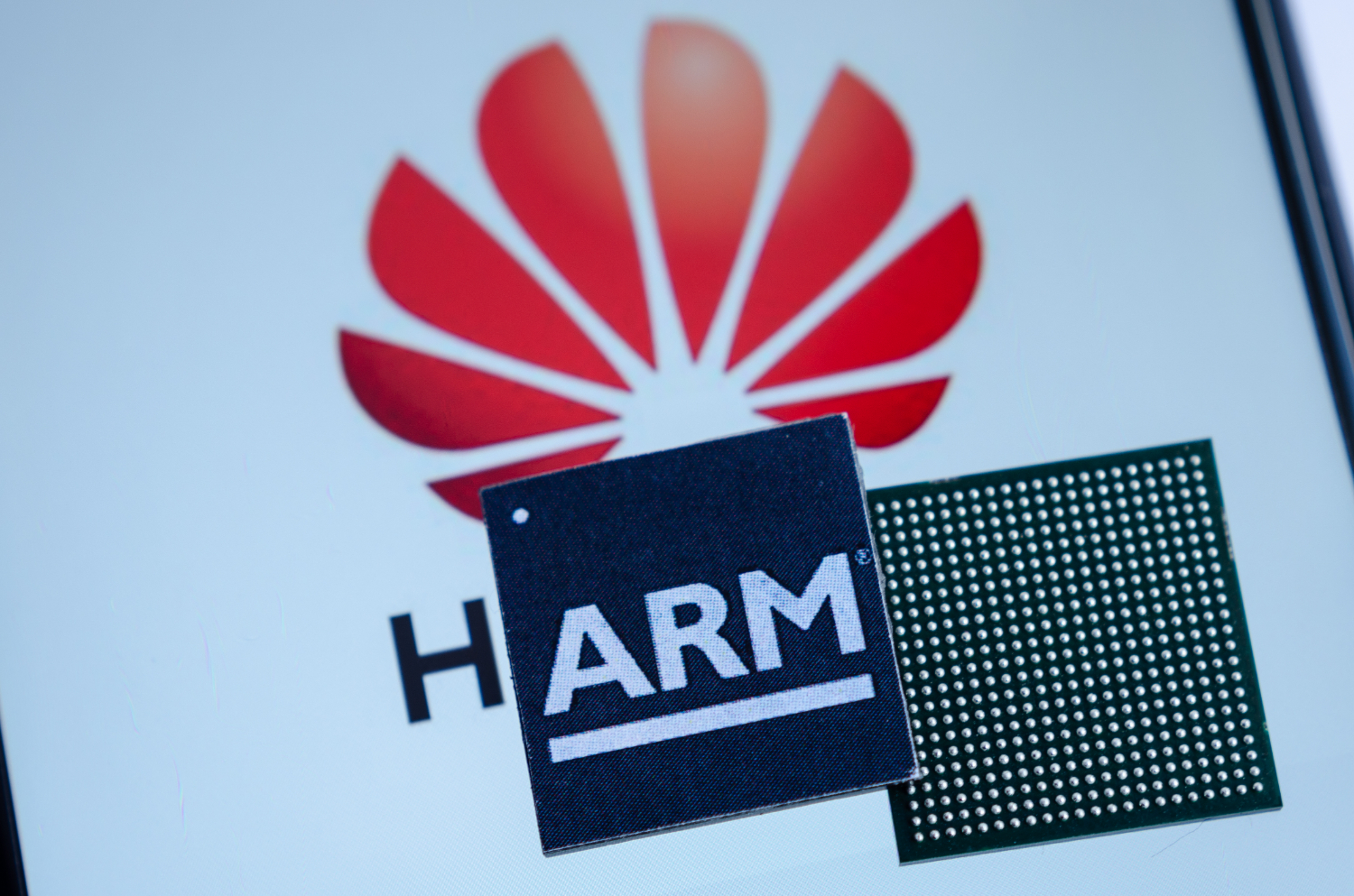Huawei's Arm-y: Vendor Investing Millions in Server Chip Ecosystem
Huawei said that it plans to invest 3 billion yuan ($436 million) into the development of its own Arm-based server chips and a related ecosystem over the next five years, as per China Daily. Xu Zhijun, Huawei’s chairman, said that the investment will be used to encourage its industry partners to build more third-party applications for its Kunpeng server processor.
Huawei’s Kunpeng 920 CPU uses 64 of Arm’s “Ares” cores, which themselves are a variation of Arm’s Cortex-A76 core but more optimized for server workloads. Some of those optimizations includes support for PCIe 4.0 and the Cache Coherent Interconnect for Accelerators (CCIX), which is an extension to the PCIe standard designed for cache coherent architectures. The chip also supports 8-channel DDR4 and 100 Gbps Ethernet networking speeds.
The Kunpeng CPU was designed for the data center and AI applications, according to Xu. Huawei doesn’t intend to sell the standalone chip, only complete servers using the Kunpeng CPU. When the company announced the chip in January, it said that it’s 30% more efficient than the competition, Intel's x86-based processors. This claimed level of efficiency should be largely due to the fact that the CPU is built on a 7nm process.
Although still a relatively small player in the server market, Huawei seems to be expanding aggressively with its Arm-based server CPUs, despite some gaps, such as software support (compared to that of x86 CPUs).
Arm had to interrupt all business relations with Huawei recently, due to the trade war between the U.S. and China. By then, Huawei had already licensed and sampled its server CPUs.
However, without new IP from Arm, Huawei could fall behind the competition or have to design new chips from scratch, either based on the Armv8 architecture, which it had also licensed prior to the trade war, or switch to another instruction set architecture, such as RISC-V or MIPS (although there’s no guarantee that the U.S. government wouldn’t interfere with Huawei’s licensing of those ISAs either).
Get Tom's Hardware's best news and in-depth reviews, straight to your inbox.
Lucian Armasu is a Contributing Writer for Tom's Hardware US. He covers software news and the issues surrounding privacy and security.
